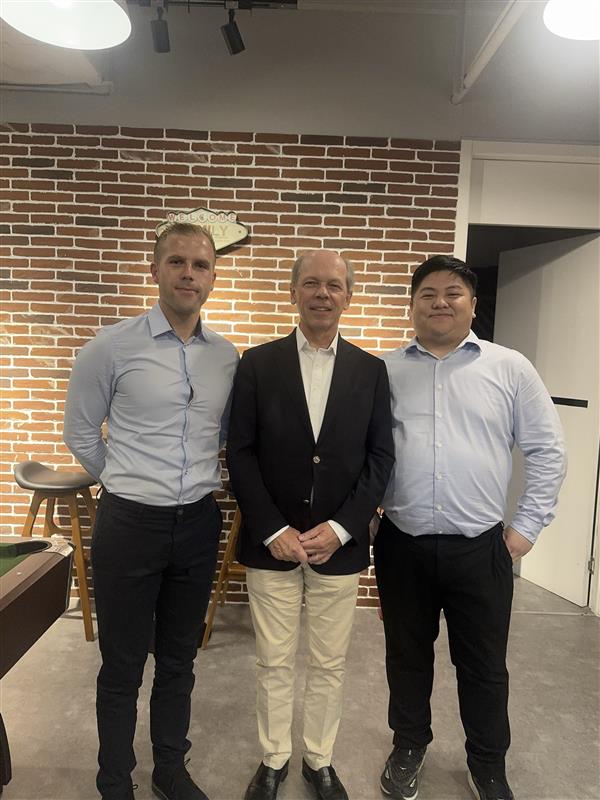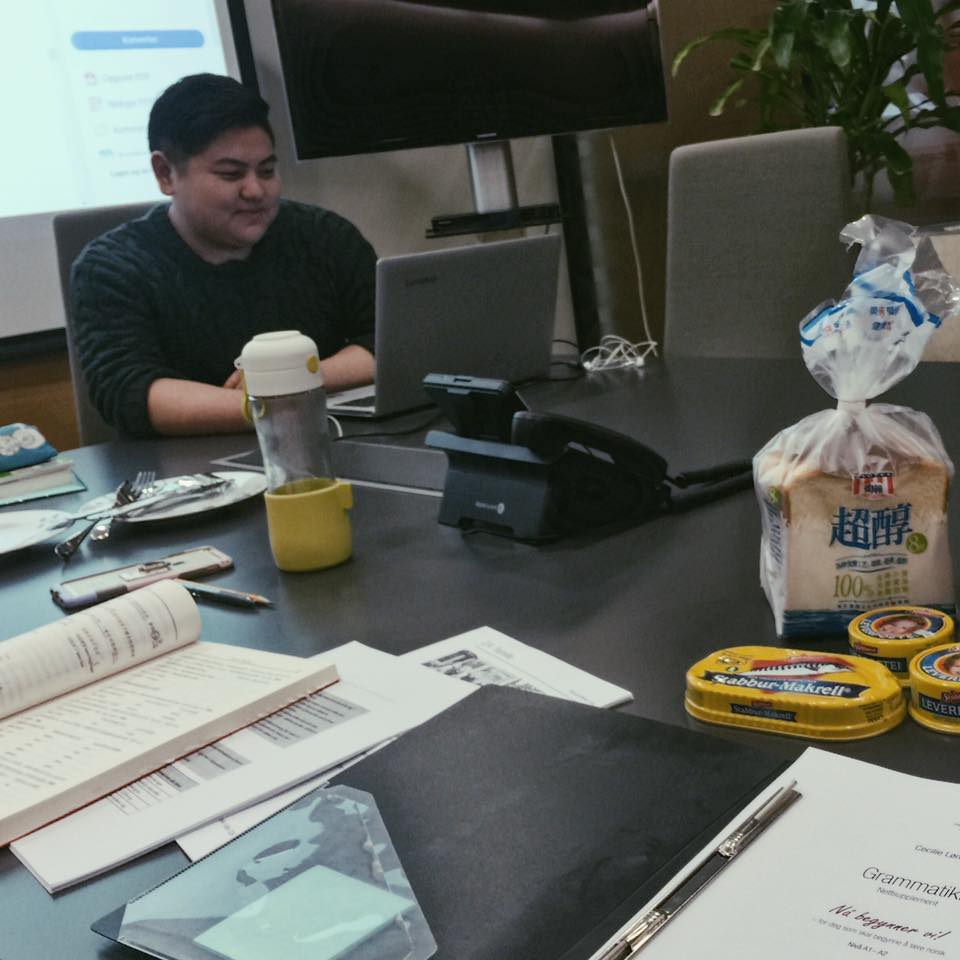When Pengdong Andersen Li moved from Norway to China to take on a new role at LEMAN, he didn’t just cross time zones – he crossed cultures.
As a Trade Lane Manager based in Shanghai, Pengdong plays a key role in connecting our commercial activities across Asia and Europe. But behind the business, there’s a deeper story about navigating cultural contrasts and learning from both sides.
Born in China and raised in Norway from the age of ten, Pengdong brings a unique perspective to LEMAN’s global setup. His journey reflects the kind of mindset that drives our people-first approach to international collaboration. “When you’ve lived and worked in both places, you stop comparing what’s better or worse. You start understanding why people do things differently,” he says.
Work-life balance and responsibility – two worlds apart
One of the biggest contrasts Pengdong observes between Scandinavia and China is how people balance their professional and personal lives, and how responsibility is understood.
“In Scandinavia, there’s a clear boundary between work and life. You show up, you do your job, and when the day ends, it’s accepted that you disconnect and focus on your private life. In China, it’s different. Work often stretches into the evening, not because managers demand it, but because people genuinely feel a responsibility to be ready, to follow up quickly, and to avoid delays the next day. There’s a cultural mindset of staying ahead, even if it means giving up some personal time.”
Different, Not Wrong – Understanding How We Share Responsibility Across Cultures
This sense of responsibility also shows in how roles are defined, and decisions are made.
“In China, roles are clearly outlined from the beginning. You’re responsible for your part, and you stick to it. If something falls outside your area, you ask your manager. It’s a system that protects people from overstepping but also limits flexibility. In Scandinavia, it’s more common to just make a small decision on your own if you’ve seen it done before. There’s more trust in the individual, and more room to act independently.”
For Pengdong, neither approach is right or wrong – they’re simply reflections of two different cultural logics: “It’s not about one being better than the other. It’s about knowing where people are coming from and adjusting how we work together accordingly.”
Different feedback styles, same shared goals
Another key difference is communication, especially around feedback. Scandinavian colleagues, Pengdong says, are more inclined to offer additional thoughts, suggestions and context.
“In China, you get exactly what you asked for, nothing more, nothing less. That’s not because people don’t care, it’s just a different communication culture. You’re precise, to the point, and you don’t offer more than what’s needed.”
This, however, is not about being better or worse. It’s simply different. And that’s exactly the kind of nuance Pengdong hopes more people at LEMAN will recognise.
“Scandinavian teams could learn from the Chinese sense of efficiency and dedication. Chinese teams could learn from the more open, informal style that builds trust and connection across teams.”
Understanding leads to patience and better collaboration
Working between two cultures has changed Pengdong’s own approach to teamwork.
“Before I came back to China, I would sometimes get frustrated when things didn’t move fast enough, or responses weren’t as expected. Now, I understand where that comes from. You realise that people aren’t being difficult, they’re just working from a different set of assumptions.”
That insight, he believes, is something we can all benefit from.
“The more you work across cultures, the more patient you become. You stop blaming—and start reflecting.”
At LEMAN, our global presence brings diverse perspectives together every day. Pengdong’s story is a reminder that when we lean into our differences, we not only build stronger relationships – we also build a stronger business.




